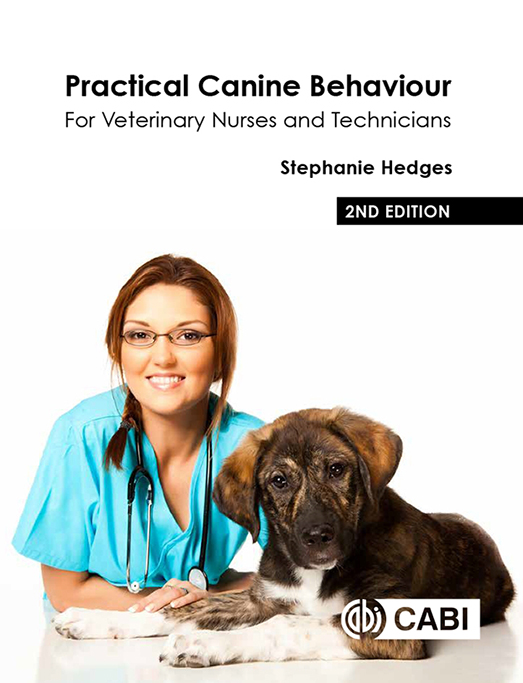
When it was first published in 2014, the original, comprehensive practical guide to canine behaviour quickly became a staple of many UK-based veterinary practices' libraries – filling an information gap in the understanding of canine behaviour and welfare for many staff working across all aspects of veterinary practice.
However, much has changed within the understanding of the basis of canine behaviour and in the application of behavioural and welfare support, in a very short time. Now, seven years on, this second edition presents an almost complete re-write of the original text. Although some topics are featured in both texts, these sections have been updated to incorporate recent research and thoughts on the themes, including updated images and current examples in case studies. In addition, it expands on discussions of emotions in dogs (the understanding of which is essential to identifying the behavioural motivations of dogs) and consideration of activity, rest patterns and the effects of sleep deprivation on canine behaviour and welfare. In other chapters, there has been an expansion in the information on the role and importance of canine play and a completely new chapter upon breed specific behavioural variation, its relevance and predictability.
It is important to note that although the text is an asset to the entire veterinary team, its contents are of considerable significance to the veterinary surgeon, nurse or technician who also fulfils the role of the practice animal behaviour technician. This role, as designated by the Animal Behaviour and Training Council (ABTC), is dependent upon completion of the syllabus set by the ABTC and accreditation. However, this syllabus has deficits regarding several specific aspects of veterinary behaviour, which is something that the veterinary nurse animal behaviour technician will regularly need to consider.
Consequently, the inclusion in this second edition of an expanded section on behavioural first aid (including history taking and assessing risk) forms an essential adjunct to practices and competencies. The new chapter on the practice role of addressing unwanted behaviour, and assisting the veterinary team in recognising when the competencies of in-practice support may be exceeded (and delegation to a specialist clinical animal behaviourist may be required) is another essential inclusion within the text.
In short, this recent publication by CABI should be accessible to all veterinary staff within the library of every veterinary practice.


